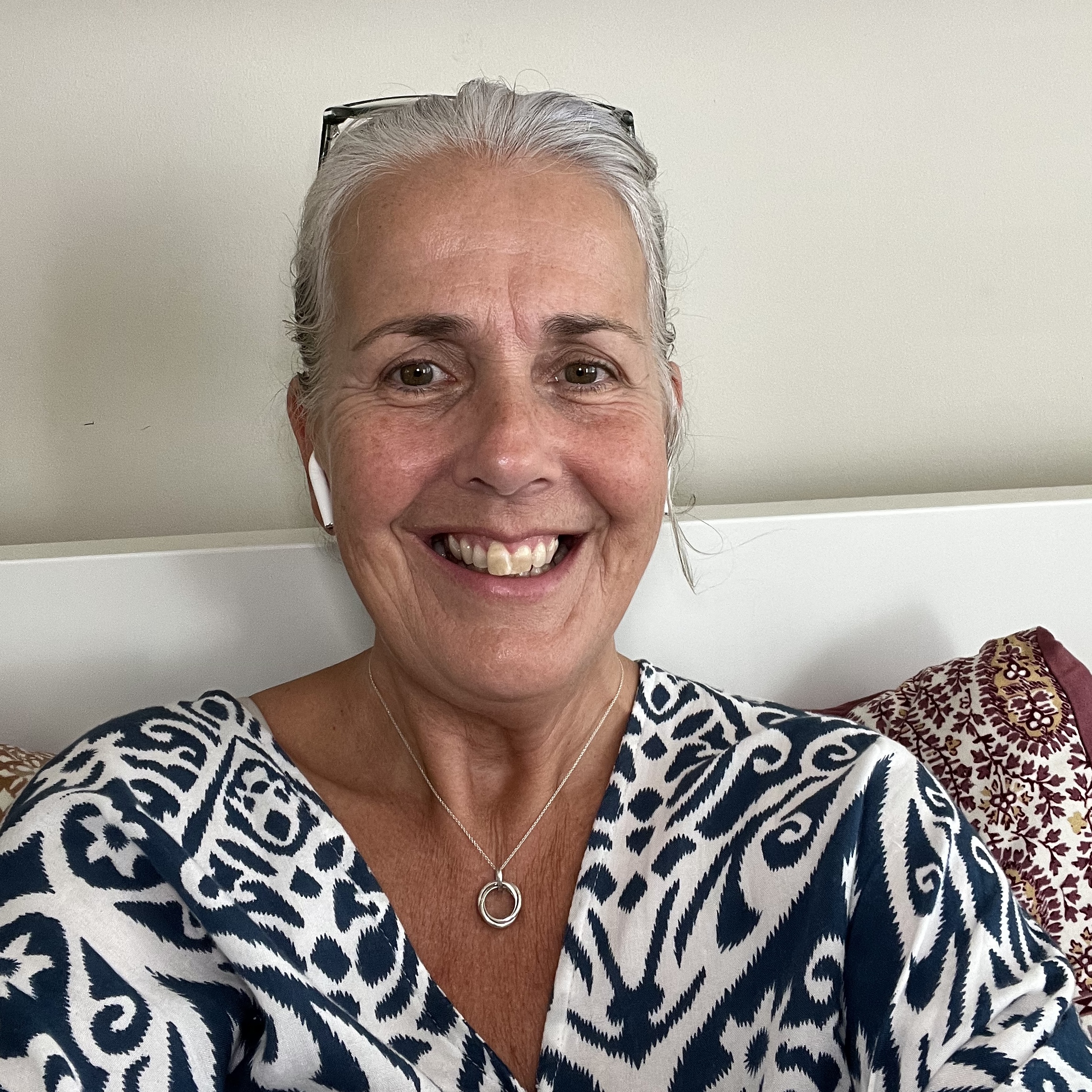The Belief That Keeps Us Stuck: “I Have to Have All the Answers"
- Sarah Moore
- Jun 19
- 3 min read
A conscious leadership reflection for early childhood leaders

In the coaching and training spaces I hold with early childhood leaders from metro centres to small rural services, there’s one belief that comes up more than any other. It’s rarely said outright, but it’s often sitting quietly beneath the surface:
“I have to have all the answers.”
I was recently working with a thoughtful, committed Educational Leader, let’s call her Emma. She shared that she felt like she needed to have all the answers, she described her role as feeling under constant pressure. No matter how well she planned, people came to her all day with problems to fix, decisions to make, and issues to mediate. Her words stuck with me:
“I feel like I’m holding up the sky. If I stop for a second, everything will fall.”
Emma isn’t alone. In fact, this story is so common it’s almost expected. But here’s the thing: this belief, while often rooted in deep care and responsibility, quietly limits our leadership, diminishes our teams, and depletes our energy.
The Cost of Carrying It All
The belief that we must have the answers shapes our behaviour in subtle but powerful ways:
Over functioning
We step in and do it ourselves. It feels faster. Simpler. Less risky.Leaders often tell me:
“It’s just quicker if I do it myself.”
And in the moment, that may be true. But over time, this approach has serious consequences:
It builds dependency and limits initiative
It sends the message that others aren’t capable
It reinforces a culture where the leader becomes the bottleneck
It’s not quicker. It’s not sustainable. And it’s not building the kind of team culture you want.
Disconnection from the Team
When we hold all the decision-making power, trust and collaboration suffers. People don’t bring forward their ideas. They wait. They watch. They become passive.
In early childhood, where relational pedagogy and reflective practice are core to our work, this erodes the very fabric of shared leadership.
Leader Burnout
The pressure of being the fixer, the knower, and the go-to for everything leads to resentment, exhaustion, and disconnection from the role.
Trust Erosion
If our team never sees us ask for help, say “I don’t know,” or invite contribution, they may feel unsafe to do so themselves. The result? A workplace culture where vulnerability is avoided, and surface-level conversations replace authentic ones.
The Neuroscience Behind It
Neuroscience helps explain why this belief is so persistent and so limiting.
When we feel responsible for everything, our limbic system (the brain’s threat detector) is on high alert. We move into protective states, like control or avoidance. Our bodies produce cortisol, the stress hormone, which narrows our capacity for trust, empathy, and collaboration.
Conversely, when we lead with curiosity, partnership, and transparency, we activate the prefrontal cortex, the part of the brain that enables connection, innovation, and wise decision-making. This shift increases oxytocin (trust and bonding), allowing us to lead in ways that feel human and sustainable.
As Judith E. Glaser, the creator of Conversational Intelligence®, reminds us:
“To get to the next level of greatness depends on the quality of our culture, which depends on the quality of our relationships, which depends on the quality of our conversations.”
What If We Let Go?
Letting go of “I have to have the answers” doesn’t mean letting go of responsibility. It means redefining our role.
It means recognising that our job as leaders isn’t to fix or know, it’s to facilitate trust, growth, and shared ownership.
This is where the principles of distributed leadership, already embedded in early childhood frameworks come into play. When we mentor others, co-create agreements, and invite reflection, we share the work and the wisdom.
Beliefs Worth Replacing It With
If you're ready to shift this pattern, here are some conscious beliefs to try on:
“I don’t need to have all the answers, I need to create the space for answers to emerge.”
“My role is to develop others, not do it all myself.”
“Mistakes are part of growth, for me and my team.”
These beliefs take time to embed. They take practice. But they also take the pressure off your shoulders and invite your team into shared ownership, deeper trust, and more courageous conversations.
A Culture Grows in the Beliefs We Hold
If we want early childhood services where educators feel empowered, where leadership is relational, and where children are surrounded by emotionally attuned adults, we have to start with the beliefs we carry as leaders.
So ask yourself:
What am I assuming I have to carry alone? And what becomes possible when I let others in?
Let’s stop trying to hold up the sky and work together.





Comments